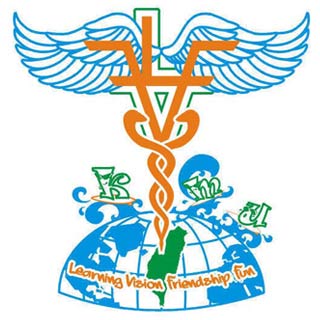
The Internet is believed to have become one of the major information resources for adolescents. However, addiction to the Internet could possibly have a negative impact on school performance, family relationships and adolescents’ emotional state.
Earlier studies have reported that 1.4 percent to 17.9 percent of adolescents seemed to be addicted to the Internet in both western and eastern societies. As a result, there appear to have been suggestions to include Internet and gaming addictions to the fifth edition of the Diagnostic and Statistical Manual of Mental Disorders.
Chih-Hung Ko, M.D., of Kaohsiung Medical University Hospital and Kaohsiung Medical University, Kaohsiung City, Taiwan, stated that, “This phenomenon has been described as Internet addiction or problematic Internet use and classified as a possible behavior addiction. Identification of the risk factors for Internet addiction is therefore of clinical significance for the prevention of, and early intervention into, Internet addiction in adolescents.â€
The study authors were noted to have examined the relationship between psychiatric symptoms and internet addiction in approximately 2,293 seventh-graders from ten junior high schools in southern Taiwan. Also, amongst the total, about 1,179 were boys and 1,114 girls.
They also noted dissimilarities in the predictive value of these psychiatric symptoms between males and females. Additionally, psychiatric symptoms were observed to have been determined through self-reported questionnaires.
Furthermore, the experts were believed to have assessed Internet addiction via the Chen Internet Addiction Scale (CIAS) at baseline and at six, twelve and twenty-four months with scores ranging from 26 to 104. Supposedly, participants scoring 64 or higher were categorized as being addicted to the Internet.
The findings revealed that out of all participants, nearly 233 participants i.e. 10.8 percent seemed to have been classified as having Internet addiction. Moreover, about 1,929 i.e. 89.2 percent were observed to have been categorized as not having an Internet addiction.
The authors further concluded saying that, “These results suggest that ADHD, hostility, depression and social phobia should be detected early on and intervention carried out to prevent Internet addiction in adolescents. Also, sex differences in psychiatric comorbidity should be taken into consideration when developing prevention and intervention strategies for Internet addiction.â€
The authors reported that depression, ADHD, social phobia and hostility were found to predict the occurrence of Internet addiction in the two year follow-up. However, depression and social phobia seemed to have predicted Internet addiction among only female adolescents. In addition, the most significant predictors of Internet addiction in male and female adolescents appear to have been hostility and ADHD, respectively.
The findings of the study have been published in the Archives of Pediatrics and Adolescent Medicine.
